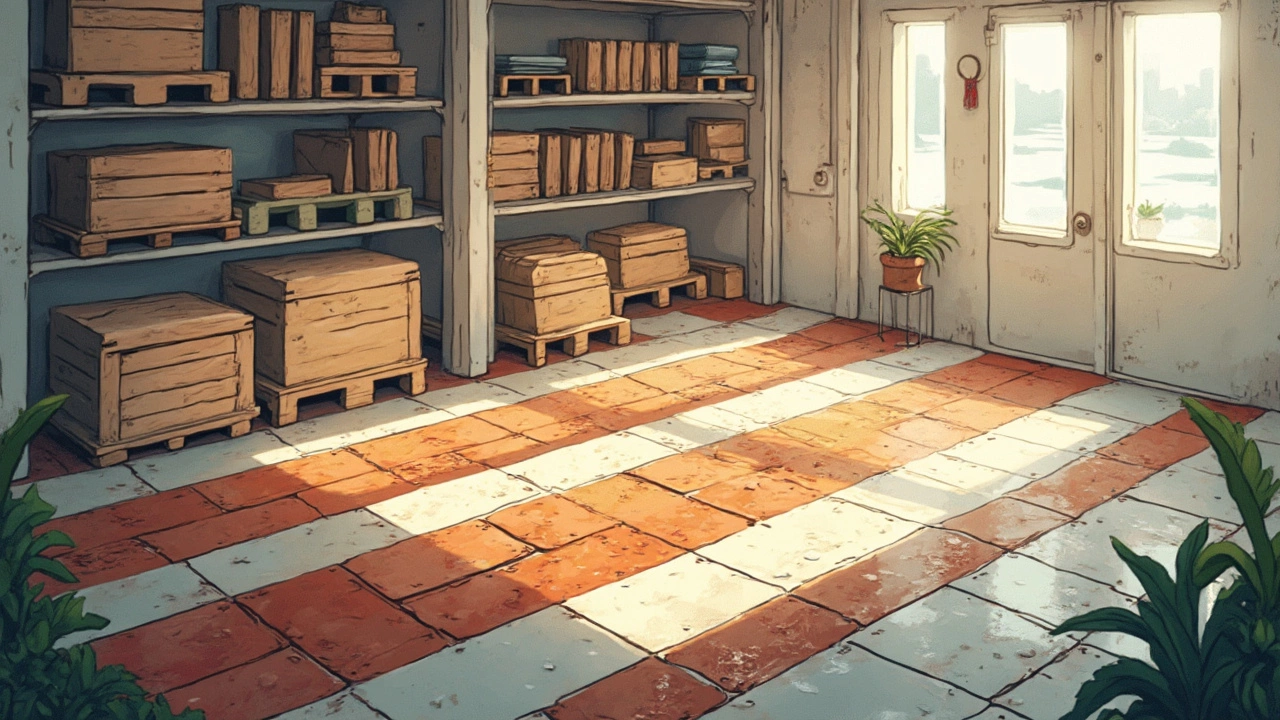Storage Unit Protection: Practical Tips to Keep Your Furniture Safe
Got a couch, coffee table, or bedroom set that needs to sit in a storage unit for a while? It’s easy to worry about dents, mold, bugs, or just plain wear and tear. The good news is you don’t need a PhD in logistics to keep your pieces safe. Follow these down‑to‑earth steps and you’ll have peace of mind the whole time your furniture is tucked away.
Prepare Your Pieces Before Storing
First, clean everything. Dust, spills, and pet hair act like a food source for insects and mold. Wipe down wooden legs with a mild cleaner, vacuum fabrics, and let everything dry completely. Next, wrap each item in a breathable cover – think cotton sheets, moving blankets, or specially designed furniture wraps. Avoid plastic sheeting; it traps moisture and can cause mold in as little as a week.
If you have a sofa with removable cushions, take them off and store them separately in zip‑top bags with a dryer sheet to keep them fresh. For tables and chairs, place a piece of cardboard or a thin foam pad between surfaces to prevent scratches. And always use sturdy pallets or a raised platform – this keeps the bottom of your furniture off the concrete floor, which can stay damp and cold.
Choosing the Right Storage Unit & Ongoing Care
Pick a unit that matches your climate needs. Climate‑controlled units maintain a steady temperature and humidity level, which is a lifesaver for leather, wood, and fabric pieces. If a climate‑controlled space isn’t an option, add a dehumidifier or moisture‑absorbing packets (silica gel works well) inside the unit.
Position your items thoughtfully. Leave a few inches of space between each piece so air can circulate. Store heavier items like dressers on the bottom and lighter items on top to avoid crushing. When you load the unit, keep the door open for a few minutes after closing to let any trapped humidity escape.
Check the unit periodically, especially if it’s a long‑term storage situation. Look for signs of water leaks, condensation, or pest activity. A quick visual check every month can catch problems before they spread. If you spot a small water stain, mop it up right away and move the affected furniture to a drier spot.
Finally, protect against pests. Place mothballs or natural repellents like cedar blocks around the perimeter, but keep them away from direct contact with fabrics. Seal any cracks in the unit’s walls or doors to keep rodents out. A quick spray of an insect‑safe product on cardboard boxes adds an extra layer of defense.
By cleaning, wrapping, elevating, and monitoring, you turn a plain storage unit into a safe haven for your furniture. These simple habits cost little time and money but pay off big when you pull your pieces out looking as fresh as the day you stored them.
What to Put on Your Storage Unit Floor: Practical Tips and Advice
Your storage unit is more than just a space; it's essential to keep items safe and damage-free. One crucial step is choosing the right flooring. Discover practical advice on materials like pallets and mats, and learn how proper flooring can protect your belongings. Avoid common mistakes and optimize your storage unit's efficiency.





